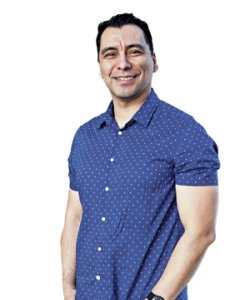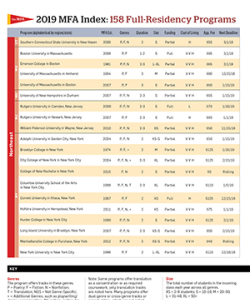Literary Journals Associated With MFA Programs
If, as part of your graduate experience, you’re interested in contributing your time or writing to a school-sponsored journal, check out this listing of institutions whose MFA programs produce literary magazines.









